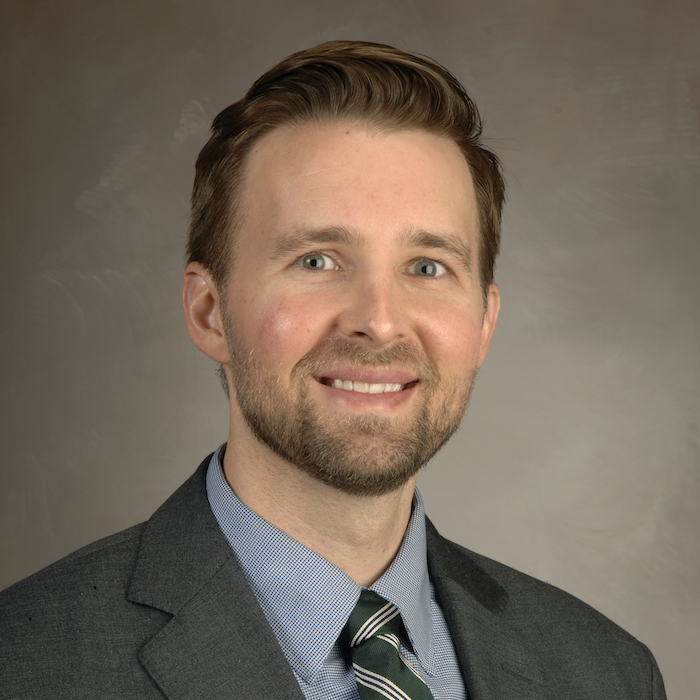Shoulder Dislocation
The shoulder has more mobility than any other joint in the body. It is a ball and socket joint that consists of the humeral head (the top part of the arm bone) and the glenoid (a part of the shoulder blade). Since the shoulder allows motion in all directions, the socket part of the joint needs to be very shallow to allow that motion. To help stabilize the shoulder, our bodies have a cartilage rim around the joint socket called the labrum. The labrum acts as a bumper that prevents the ball from slipping out of the joint. In addition, the shoulder also contains ligaments. Ligaments are as sleeves of tissue that become tight when the arm is rotated to its maximum position. They help to further stabilize the joint and prevent the shoulder from sliding out of place. Finally, four muscles called the rotator cuff surround the shoulder and contract to keep the shoulder joint reduced in its normal position.
A shoulder can dislocate (pop out of socket) when a force is applied to the shoulder that overcomes the stability that these structures (bone, labrum, ligament, muscle) provide. This can occur anytime the shoulder is placed in an extreme position. Common situtations include sports, falls, seizures, or motor vehicle accidents.
The shoulder can dislocate is several directions. If the shoulder dislocates to the front it is called an anterior dislocation, and if it dislocates to the back, it is called a posterior dislocation. When the shoulder dislocates, it may tear a segment of the cartilage rim (labrum) and stretch the ligaments surrounding the shoulder. Depending on the direction of dislocation, the damage may be in the front or back of the shoulder. Damage to the humeral head or glenoid bone may also occur. In patients over the age of 40, the rotator cuff muscles may be more likely to tear during a dislocation.
A shoulder dislocation can be very painful, and depending on the direction of the dislocation, patients may not be able to move their arm. It is also possible that nerves may become stretched during a dislocation. If this occurs, a combination of weakness and/or numbness may occur. Even though most of these nerve injuries recover over time, it is important to be evaluated by an orthopaedic surgeon to ensure that the severity of the nerve damage is fully appreciated.
If a shoulder dislocation is identified immediately after is occurs, the shoulder may be reduced (put back into place) by trained personnel at the time of the injury. This often occurs during a sporting event. However, most patients are initially evaluated in an emergency room (ER) after a dislocation. Xrays will be obtained to ensure that no fractures are present. After medications to relax the muscles and alleviate pain, the shoulder will be reduced into its proper position. In rare cases, if the shoulder is unable to be reduced in the ER, it may have to be done in the operating room after the patient is asleep.
After the shoulder is reduced, the shoulder will be immobilized in a sling to minimize movement and prevent it from dislocating again. Consultation with an orthopeadic surgeon is important at this step. Often, further xrays or imaging such as an MRI is necessary to fully appreciate the severity of the injury that occurred during shoulder dislocation. Depending on the amount of damage, patient age, and previous activity level, surgery may be indicated to provide the best outcome and minimize the chance of repeat shoulder dislocation (recurrence). If surgery is not indicated, physical therapy is started approximately 2 weeks after the injury. The goal of physical therapy is to strengthen the rotator cuff muscles and other stabilizing muscles surrounding the shoulder.
Although physical therapy is very helpful, depending on age, many patients may go on to dislocate their shoulder again. If this occurs, surgery is used to reattach the torn cartilage rim to the socket and to tighten the ligaments around the shoulder. See the section on labral tears for more information.
Further information on this injury can be found in this article on the AAOS OrthoInfo website, an orthopaedic resource center providing expert information.
